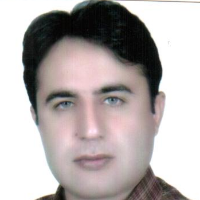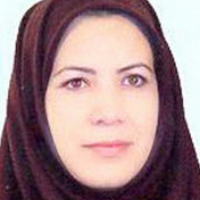Barriers and Problems in Implementing Health-Associated Infections Surveillance Systems in Iran: A Qualitative Study
Healthcare-associated infections (HAIs) are among the most critical challenges for patients and healthcare providers. To achieve the goals of the surveillance system, it is necessary to identify its barriers and problems. This study aimed to identify the barriers and problems of the surveillance system for HAIs.
This qualitative study was conducted using the content analysis method to investigate the challenges of this surveillance system from the perspective of 18 infection control nurses from hospitals in different cities of Iran with work experience of 1 to 15 years. Data were collected through semi-structured interviews and analyzed using the Lundman and Graneheim qualitative content analysis method.
In this study, we found 2 categories and 7 subcategories. Two categories were barriers related to human resources and organizational barriers to infection control. The 7 subcategories included weakness of medical staff in adherence to health principles, obstacles related to patients, high workload and insufficient motivation, lack of staff knowledge, lack of human resources, functional and logistical weaknesses, and weaknesses in the surveillance system.
To reduce problems and improve HAIs reporting, the HAIs surveillance system needs the support of health system officials and managers. This administrative and support focus can establish the framework for removing and lowering other barriers, such as the number of reported cases, physician and staff noncooperation, and the prevalence of HAIs. It can also bring HAIs cases closer to reality.
-
The Impact of the COVID-19 Pandemic on Cancer Patients’ Access to Diagnostic and Treatment Services in Kerman Province: A Qualitative Study
Parya Jangipour Afshar, Nasrin Sadidi, , Hamid Sharifi, Zahra Jaafari *
Health and Development Journal, Autumn 2022 -
Ocular Manifestations among Hospitalized COVID-19 Patients in the Southeast of Iran
, Paria Mashayeskhi, *, Hamid Sharifi
Health and Development Journal, Summer 2022 -
Challenges of the Field of Epidemiology and the Reasons for the Migration of Epidemiologists in Iran: A Qualitative Study
Shoboo Rahmati, Zahra Abdolahinia, Sakineh Narouee, , Reza Goujani, Aliakbar Haghdoost*
Iranian Journal of Epidemiology, -
Underlying Factors Associated with COVID-19 Vaccine Hesitancy and Refusal among the Iranian Population: A Qualitative Content Analysis
Azam Bazrafshan, Azadeh Sadeghi, Maliheh Sadat Bazrafshan, Mehdi Shafiei-Bafti, Hamid Sharifi, Amin Beigzadeh, *
Health and Development Journal, Spring 2022 -
Association of Diabetes Management Self-efficacy with Adherence to Medication, Glycemic Control, and Disease Outcomes Among Type 2 Diabetes Patients
*, Zohreh Hasheminejad
Shiraz Emedical Journal, Oct 2023 -
Explaining Professionalism and Professional Socialization Process in Nursing Students
, Esmat Nouhi *
Journal of Qualitative Research in Health Sciences, Spring 2023 -
Adverse Reactions from Topical Ophthalmic Anesthetic Abuse
, Naser Naisiri, Majid Shams, Meraj Sharifi, Hamid Sharifi
Journal of Ophthalmic and Vision Research, Oct-Dec 2022 -
Evaluation of Viral and Bacterial Causes of Ex udative Pharyngitis in 3 to 15-year-old Children referred to the Clinics Affiliated to Kerman University of Medical Sciences
Ali Hosseininasab, Elham Sharifi *, Hamidreza Molaei, , Peyvand Nazeri
Journal of Kerman University of Medical Sciences, Mar-Apr 2022





